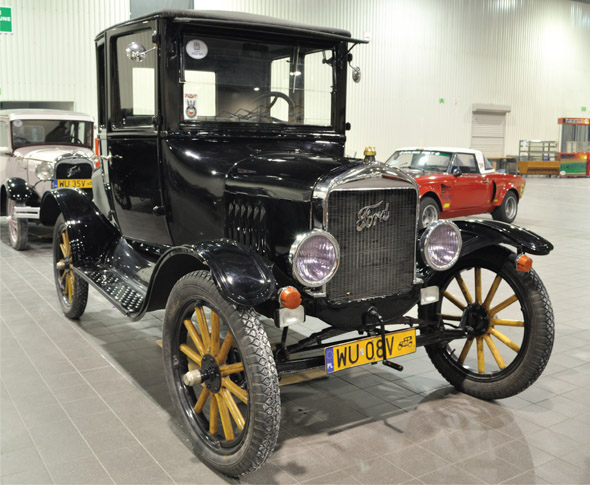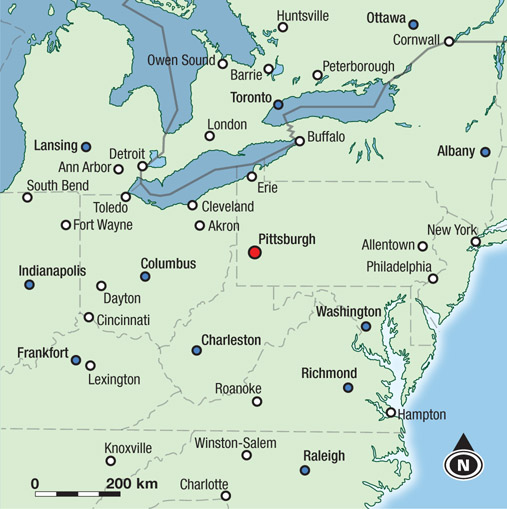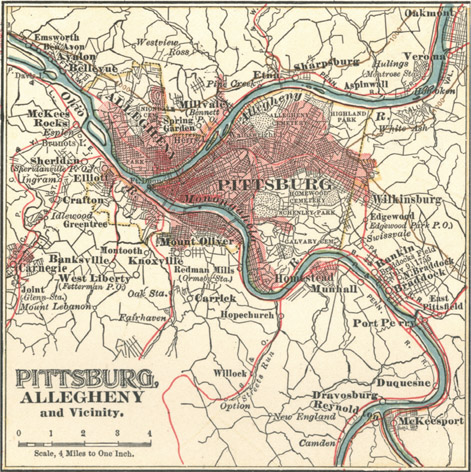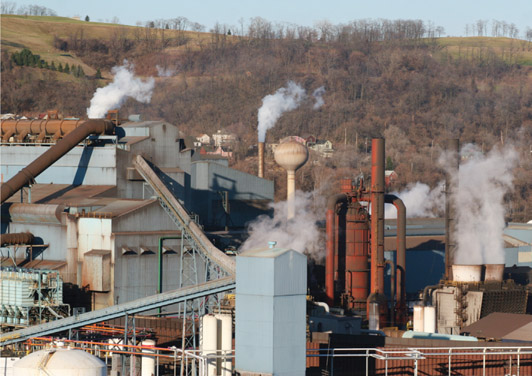6.1 The Industrial Revolution
Before 1750 most of the world’s population lived in rural areas, working the land, often in extremely tough conditions. Skilled craftspeople produced manufactured goods in small quantities in these rural areas. While cities existed, their populations were smaller and they were fewer in number. The Industrial Revolution changed this situation forever. This shift started in Britain but quickly spread through Europe, and North America and from there to the rest of the world. As cities developed, new large-scale industries were set up.
Industrialism across the world
Although the Industrial Revolution led to industrialism in Europe, North America and Australia in the 19th century, this shift occurred much later in many regions. Countries such as India, South Africa and Thailand are currently shifting from agricultural to industrial production, at an extremely rapid rate.
The extent to which a country is industrialised can be influenced by a range of factors, including the growth of population, access to technology and the amount and types of raw materials that are available for use by industry.
In 1800 there were 22 cities worldwide with more than 100 000 inhabitants. By 1895 there were 100 cities with more than 100 000 inhabitants.
Industrialisation is closely related to the level of development in a country. Industrialised countries tend to be richer, have higher levels of education and longer life expectancy.
As countries become established as centres of industry and populations grow richer, their ability to produce goods at a competitive price can start to reduce as wages increase, making it difficult to compete with companies that operate in countries that are poorer and pay lower wages, countries where industrialisation is in its earlier stages. What happens then in the established industrialised countries is often the emergence of service industries, such as financial services, health care and information technology.

Over 60% of those employed in Australia work in service industries.
DEVELOPING YOUR UNDERSTANDING 6.1
Capitalism
Industrialisation has led to most nations in the world adopting, to a greater or lesser extent, what is known as a capitalist economic system.
Throughout the twentieth century capitalist principles led to huge industrial growth in developed nations. Capitalists argue that by letting private industry run the economy – rather than relying on governments to intervene by planning economic growth, setting high taxes and redistributing wealth – the population will become wealthier in a shorter period of time. They also suggest that the system rewards hard work and innovation and is equitable in that anyone with these qualities can succeed.
Many argue, though, that this type of system exploits poor workers while maximising money made by rich shareholders and factory owners.
This is now an issue in developing countries as companies from developed nations set up factories overseas – this helps them maximise their profits because they pay less for labour. Others suggest that the system is vulnerable in times of economic instability, as share market collapses can lead to mass unemployment and a drop in standard of living. Environmentalists argue that capitalism often overlooks environmental damage, as companies focus on making a profit, not on sustainability.

DEVELOPING YOUR UNDERSTANDING 6.2
- Copy the table below and analyse the positives and negatives of capitalism. As an extension task, find examples of each of these points through research. Conclude by stating whether or not you think capitalism is a good system.

| Positives of capitalism | Negatives of capitalism |
|---|---|
| • Increased wealth |
• Exploited workers |
Goods and services
As more factories were built and more products were manufactured, there was a range of benefits, all of which fed the economy and allowed the population to become wealthier and have a higher standard of living.
Fordism
Factories provided employment, which meant people were earning a steady income. This is a significant shift from rural economies, where much of the population is likely to live off the products they grow or tend. As income increased, the general population, for the first time, had money to spend. Henry Ford, in the 1920s, made sure he paid his workers enough money to, over time, be able to buy his cars. This was known as ‘Fordism’: if the workers were able to buy the product they were making, there would be more of the product needed, thus increasing the profitability of the company.
Source 6.2a By introducing assembly line production in the 1900s, Henry Ford was able to reduce the price of his cars, and pay his workers enough to be able to buy them. (01:47)

This approach was extremely successful in post-war America, during the period known as the baby boom, when employment was high and the economy was expanding.
Savings and investments
As workers accumulated money over time, they had the opportunity to save considerable sums.
This allowed the working class for the first time to buy their own homes. This, in turn, generated more wealth – as the economy grew there was a need for more construction workers, and a need for more factories to produce building materials.
The money accumulated by workers was also invested in shares in companies. Many businesses gave workers special discounts to buy shares in the company they worked for. This ensured that the company would maximise its productivity and provided more money to be invested in equipment.
The rise and fall of heavy industry in developed countries
During the nineteenth and early twentieth centuries, industrial centres across the United States and Europe followed a similar pattern of rapid growth and gradual decline. The reasons for this pattern are almost universal and can be seen through the example of Pittsburgh in the United States.
Pittsburgh is in the state of Pennsylvania, in the northeast of the country. During the early 1800s its position at a confluence of two rivers – which then become the Ohio River – led to its development as a trading post.

Between 1850 and 1950 the population of the city rose from around 60 000 to over 650 000 as heavy industry developed in the region.
The rise of Pittsburgh as an industrial hub was due to a range of physical and human factors, as set out below.

Position on two rivers
Pittsburgh’s two major rivers provided a means to transport heavy goods all around the eastern and central United States, and north to Canada. Water was also a vital resource for the steel and glass industries, as millions of litres are required for the production of these goods.

Close proximity of coal deposits and other raw materials
A reliable supply of coal was vital for the development of heavy industry. It provided energy for the iron-smelting process that produces steel. As coal is expensive to transport, heavy industry developed around the coal fields close to Pittsburgh. In 1914, 82 000 people were employed in coal mines around Pittsburgh.

Cheap labour
High levels of immigration to the area from Europe and other regions led to a cheap labour force, willing to work in the unskilled jobs associated with the new iron mills.
When slavery was abolished many African-Americans also headed north looking for work.

